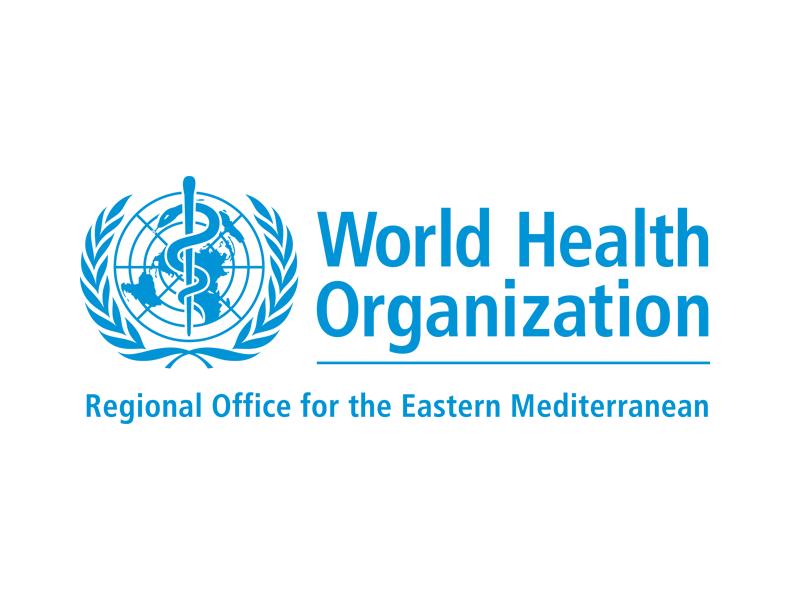
There are “serious safety risks” for patients in the rollout of electronic health records in hospitals across England, a charity has warned.
Patient Safety Learning said incidents involving new systems were likely to be under-reported and must be flagged. It has urged the government to ensure adverse-incident reports are monitored more effectively. One trust reported more than 900 incidents, including potential patient harms after it rolled out new software.
Helen Hughes, chief executive of Patient Safety Learning, said electronic patient record systems had significant potential to improve people’s care and treatment, but there were cases where implementation of the new systems had resulted in “direct and indirect harms to patients”. A report published by the charity in July warned of “significant patient safety risks” associated with the implementation and use of electronic records.
Lady Gillian Merron, the minister for patient safety, told the charity in a letter last week that a national team reviewed all incidents involving electronic record systems that may have resulted in significant harm to patients. She said there would be a review of clinical risk standards in 2024-25 and “ongoing monitoring of safety risks associated with digital systems”.
Electronic patient records replace paper notes and are intended to be a more reliable system, providing an integrated pathway with access from any screen in a hospital.
The NHS hopes that all healthcare trusts will have an electronic patient-record system in place by March 2026. While it offers several benefits, safety issues can arise owing to the systems being unable to work with other information-technology systems. There can also be staff errors in using new and unfamiliar technology.
Hughes said: “Electronic patient-record systems are increasingly commonplace in healthcare, and are integral to plans to digitally transform the NHS. It is vital that patient safety is at the core of their implementation to secure the benefits that [patient record] systems can bring and not unintentionally lead to avoidable harm.
“Patient Safety Learning believes there must be transparency in reporting of unintended harm.”
Two trusts, Royal Surrey NHS foundation trust and Ashford and St Peter’s hospitals NHS foundation trust launched a new electronic patient-record system known as Surrey Safe Care in May 2022 and reported various incidents involving patient harm. Royal Surrey reported 927 incidents on a reporting system used to flag potential risk, some of which involved patient harm. Ashford and St Peter’s reported 269, with eight incidents of low harm and three of moderate harm, according to a Health Services Journal report.
The Royal Surrey NHS foundation trust said “over 99%” of incidents reported during the implementation of its new patient record system had resulted in “low or no harm to patients”.
The trust said: “Implementing an electronic patient record is challenging for any workforce and it takes some time to embed. Patient safety is our priority which is why we actively encouraged staff to proactively report issues and opportunities to improve through our incident-reporting system.”
A spokesperson for Ashford and St Peter’s Hospitals NHS foundation trust said: “We continually review the functionality of our electronic patient record to see where improvements can be made. Our priority is to provide safe, high-quality care which is why we strongly encourage staff to raise reports if they encounter any issues.”
The BBC reported in May that out of 89 acute hospital trusts in England that responded to a freedom of information request and monitored instances when patients could be harmed, almost half had recorded instances of potential patient harm linked to electronic patient-record systems. According to the report, there were 126 instances of serious harm linked to IT issues and three deaths across two trusts relating to electronic patient-record problems.
A NHS spokesperson said: “Electronic patient record systems have been shown to improve safety and care for patients, including helping detect conditions such as sepsis and preventing medication errors, but it’s essential that they are introduced and operated to high standards.
“The NHS has well-established systems in place for reporting, investigating and learning from any patient safety incidents.”












